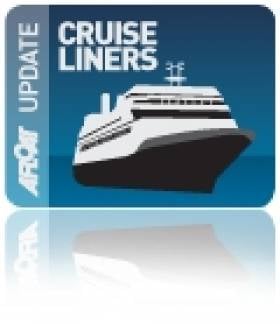Displaying items by tag: Belview, Port of Waterford
Polar Expedition Cruiseship Heads Waterford Cruise Caller List
#CRUISE CALLS – Waterford is to welcome its first cruise caller in 2012 with the Quest (1992/1,180grt) an ice-strengthened expedition cruiseship which is to dock next month along the city-quays, writes Jehan Ashmore.
Normally she operates around the Scottish Isles, Norway, Greenland and Spitsbergen. This year she will make her itineraries for the first time around Ireland, England and Wales.
The stout looking Danish built vessel is just 50m in length, has a beam of 11m and draws 3.5m, this allows her to reach more destinations in difficult conditions. She carries around 50 passengers and a crew half that number. For images including interiors and deck plans click HERE
Quest is also scheduled to make a second call to the south-east city in May. Following both these calls another 17 cruise callers are lined up for the season which runs until September.
Among the callers are the 940 passenger capacity Crystal Symphony, the 66,000 tonnes Marina which only entered service last year, Ocean Princess (for a dry-dock slideshow click HERE) and the 1988 built Prinsendam.
Depending on the vessel's draught, the location of where they will call in Waterford estuary will vary. Aside the city quays, the other berth is in Belview and for deep drafted vessels, they take anchorage off Dunmore East. To view the full cruise call list click HERE.





























































